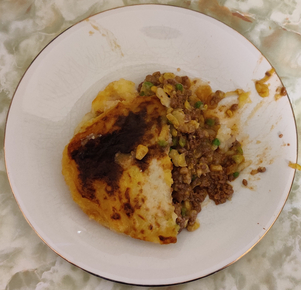This week’s cooking project from my collection of recipes was a half-batch of my version of what in English-speaking Canada we call shepherd’s pies, while in French-speaking Canada, we call it paté chinois; in the UK, it would be properly considered a cottage pie.
I developed this version in the very early 1990’s after working in a summer camp kitchen, where we made camp-sized quantities of a basic version with cooked ground beef, cream-style corn, and mashed potatoes; I liked the dish but added onions, ketchup, peas, and carrots, and kept to the spirit of large quantities in order to cook for the freezer.
Note that in the text below, while there may appear to be a distinct sequence of separate steps to be taken one after the other, presented as such for the sake of the narrative, many steps were actually performed simultaneously and / or heavily overlapping with each other as given steps were finished and new steps begun. This was all the more the case given that I had performed a number of mise-en-place activities in advance: Ground beef was measured out and bagged separately, a week in advance on the day that I’d bought several packages of ground beef on sale, and before all of it was put in the freezer; potatoes were measured out, peeled, and cubed the night before the main cooking day; and carrots were prepared and sliced the night before the main cooking day.
Making the pies:
Last week, after stocking up on ground beef on sale, I set up my kitchen scale, putting a plate on the scale and setting the scale to zero:
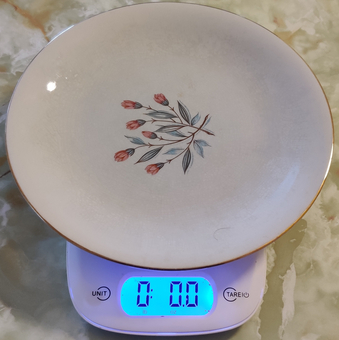
I measured out two pounds of ground beef …
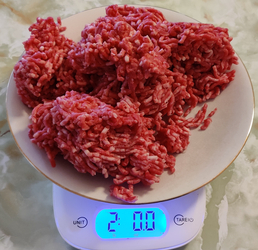
… and the ground beef was placed in a separate bag and placed in the freezer, ready for this week’s cooking project:
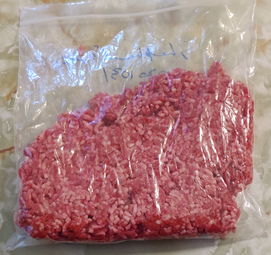
The night before I did the main cooking, I set a pot on the kitchen scale, and set the scale to zero:
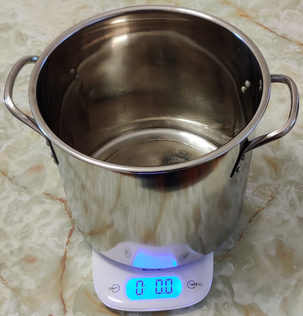
Five pounds of potatoes were measured out:
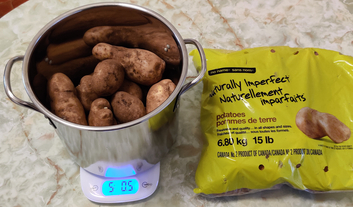
The pot of potatoes was filled with water:
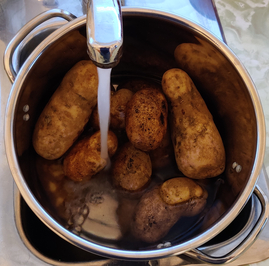
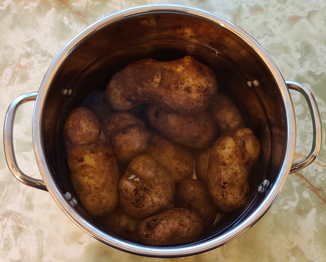
The potatoes were peeled:
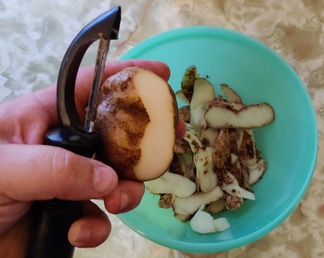
As the potatoes were peeled, they were placed back into the pot of water:
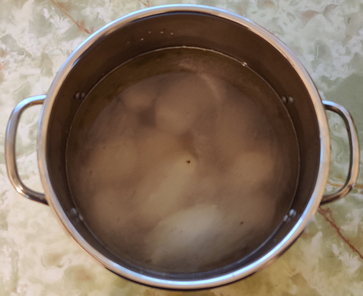
The peeled potatoes were then individually taken out and placed on a cutting board:
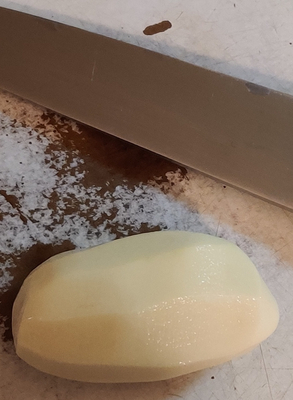
The peeled potatoes were sliced lengthwise:
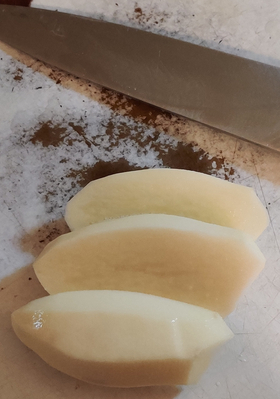
… the potatoes were then cut into large cubes:
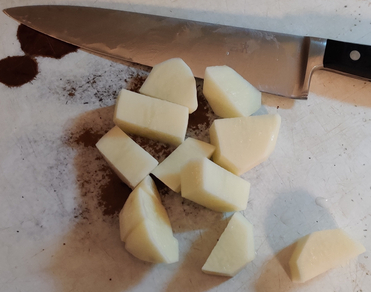
… and the potato cubes were placed back into the pot of water as they were cut:
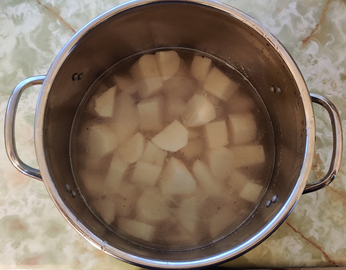
The water in the pot of potato cubes was drained:
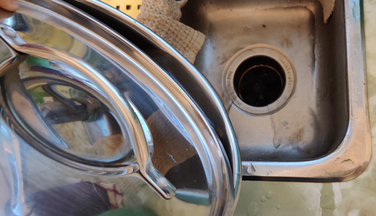
Fresh water was put in the pot of potato cubes to rinse the potato cubes:
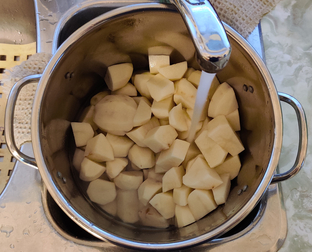
The rinse water was drained, and the pot filled again with fresh water, covering the potato cubes:
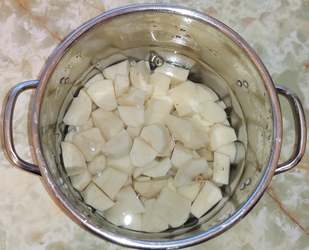
On the main cooking day, the stove was turned on:
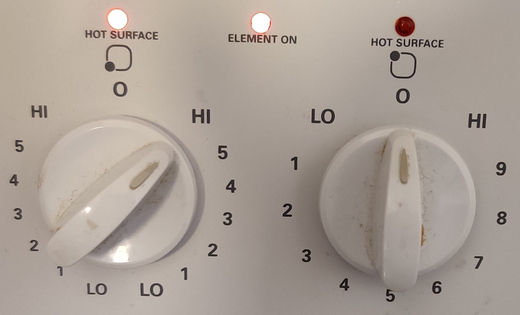
… the pot of potatoes was placed on the stove:
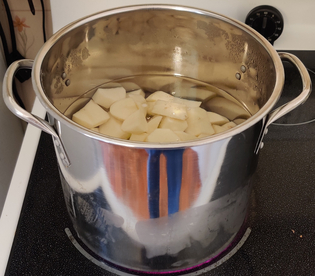
Salt was measured out:
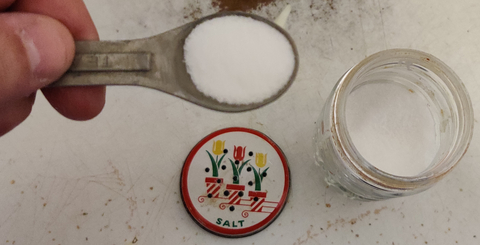
… and put into the pot of potatoes being brought to a boil:
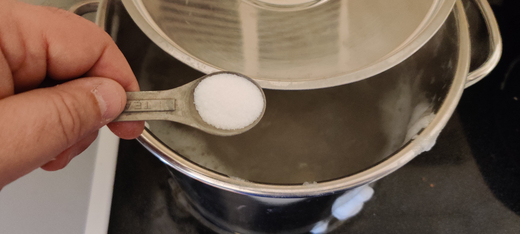
The potatoes were brought to a boil:
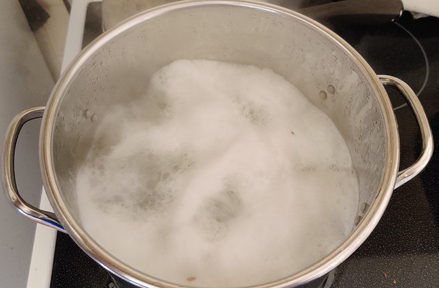
A timer was set to 20 minutes, the time the potatoes were boiled:
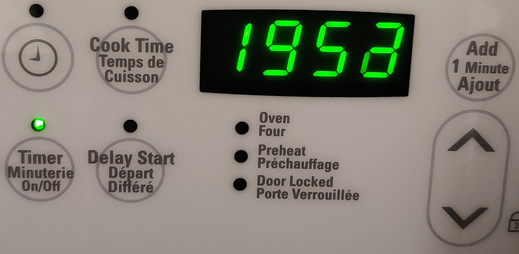
The night before I did the main cooking, carrots were taken out:
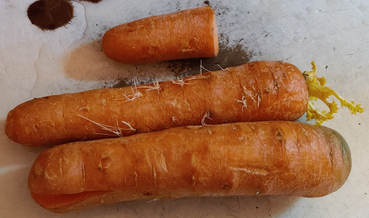
The carrots were cleaned and trimmed:
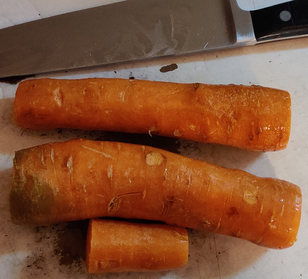
The carrots were run through a food processor with the slicing blade tool:
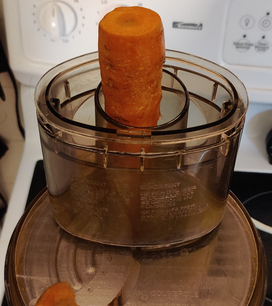
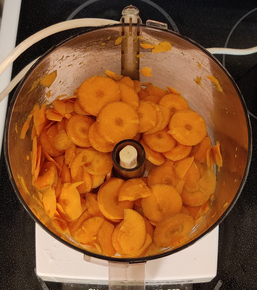
The sliced carrots were transferred to a pot:
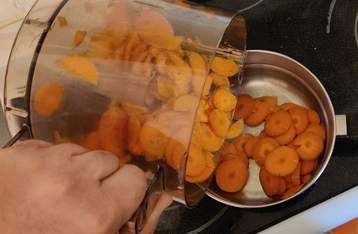
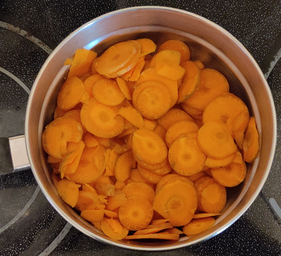
Water was added to the pot of carrots, covering the carrots:
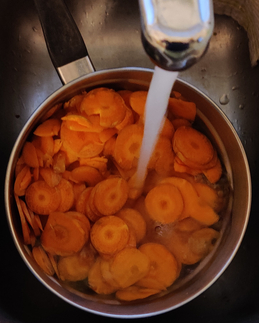
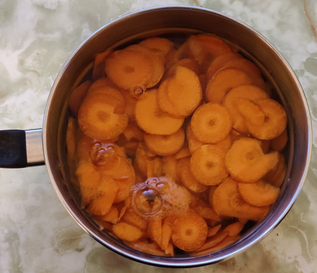
On the main cooking day, a second burner on the stove was turned on:
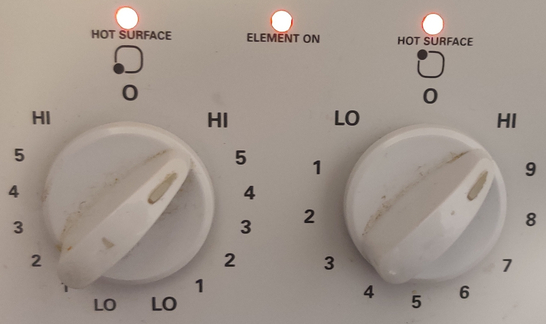
The carrots were put on the stove and brought to a boil:
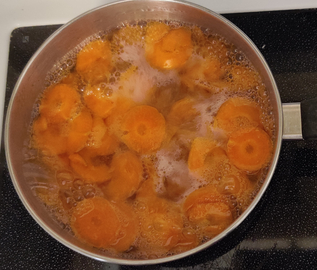
A timer was set to five minutes:
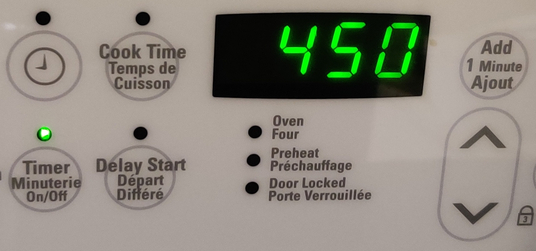
… and at this point I remembered to add salt to the pot of boiling carrots:
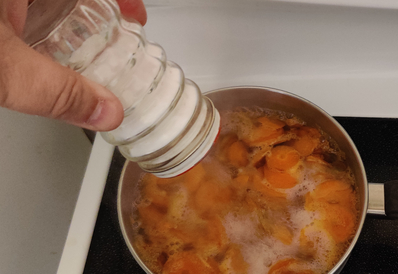
After five minutes of boiling, the carrots were drained, and the pot was placed in the fridge to help cool down the carrots:
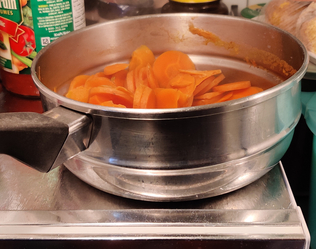
On cooking day, onions were taken out:
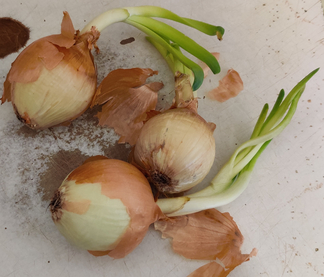
The onions were trimmed:
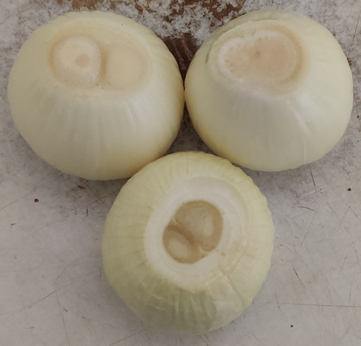
The onions were chopped coarsely:
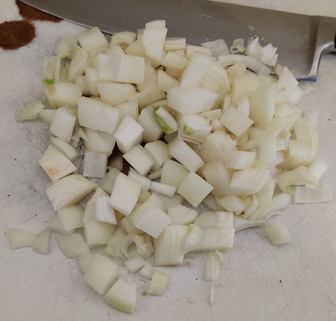
The onions were placed in an electric skillet:
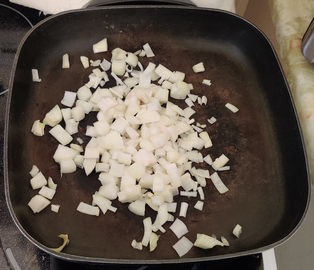
The ground beef, which was measured out and frozen last week, and defrosted beginning the day before cooking day, was placed in the electric skillet with the chopped onions:
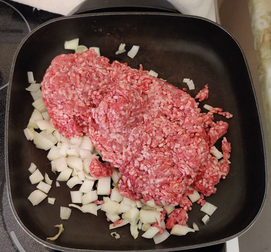
The electric skillet was turned on:
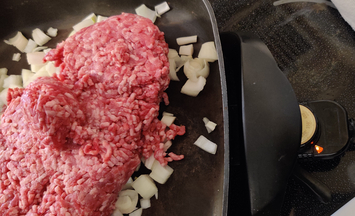
Salt was added to the beef and onions in the electric skillet:
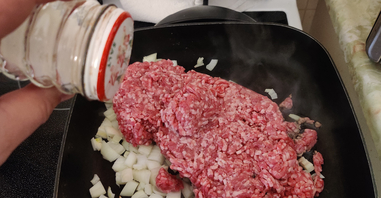
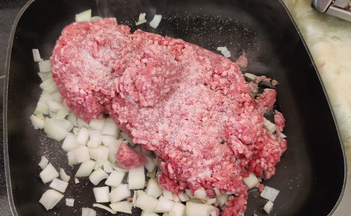
The beef was broken up and mixed together with the onions and salt, while all the ingredients were frying:
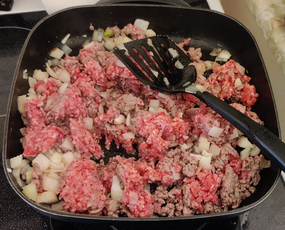
Part way through the cooking of the beef and onions, ketchup was taken out …
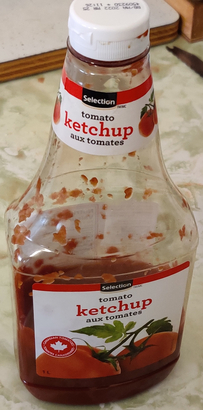
… and ketchup was added to the frying beef and onion mixture part way through:
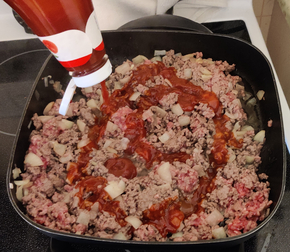
At this point, some oven proof baking pans were laid out:
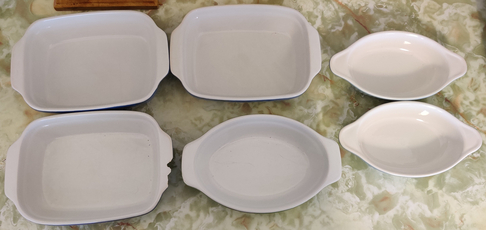
And once the beef, onion, and ketchup mixture was fully cooked …
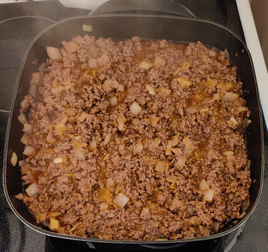
… the cooked beef, onion, and ketchup mixture was transferred to the various oven-proof baking pans:
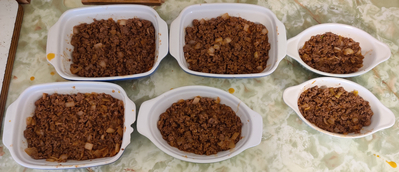
The baking pans with cooked beef, onion, and ketchup mixture were put aside until later.
At this point, the potatoes had been boiling for twenty minutes, and the pot was drained:
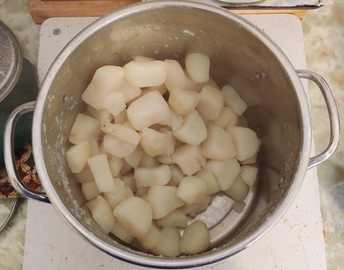
Margarine was taken out, and a dollop of margarine was scooped out with a spoon:
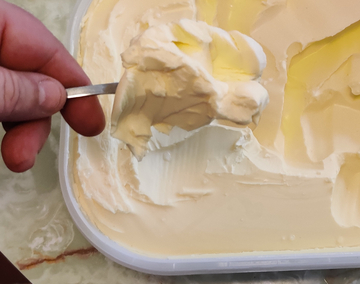
The margarine was added to the boiled potatoes:
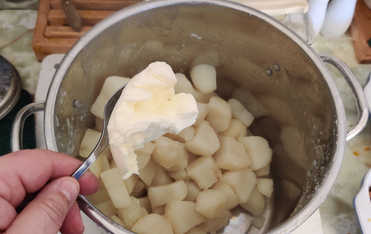
Salt was again measured out:
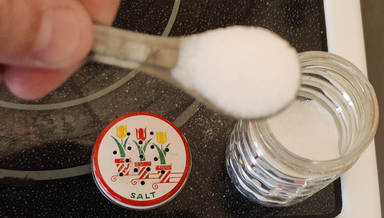
And the salt was added to the boiled potatoes and margarine:
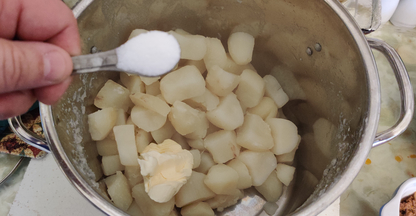
Milk was measured out:
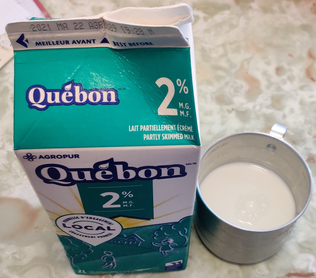
And the milk was added to the boiled potatoes, margarine, and salt:
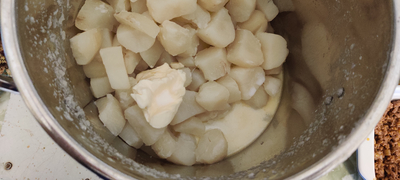
The boiled potatoes, margarine, salt, and milk were mashed together with a hand masher:
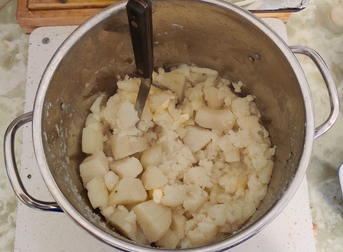
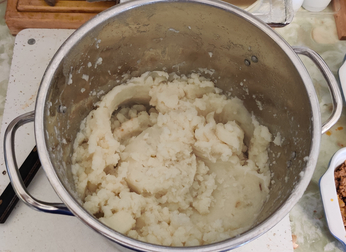
The mashed potatoes were put aside until later.
The night before, cans of cream style corn and a can opener were taken out:
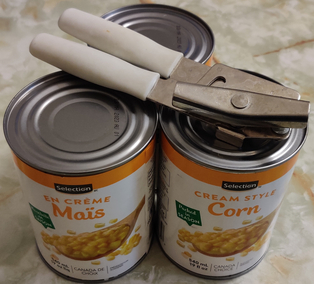
On cooking day, the cream-style corn cans were opened, and the cream style corn was spread over the cooked beef, onion, and ketchup mixture in the baking pans:
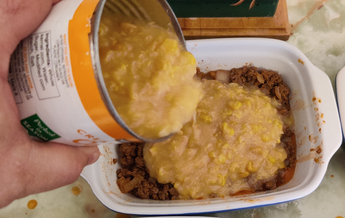
Frozen peas were taken out:
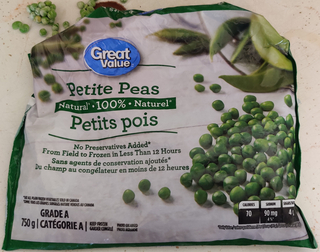
Frozen peas were sprinkled over the cream corn layer in the baking pans:
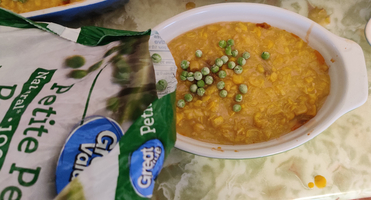
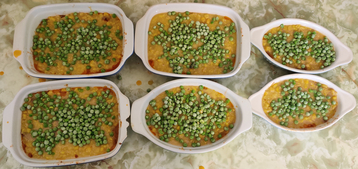
The pot of cooled carrots was taken out of the fridge, and the carrot slices were layered on top of the peas:
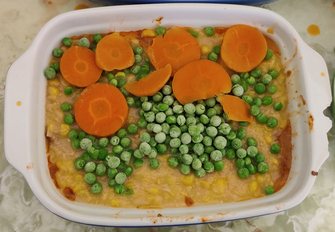
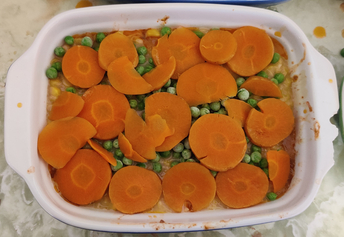
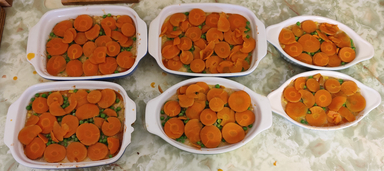
The still warm mashed potatoes were spread on the top of the pies in the baking pans:
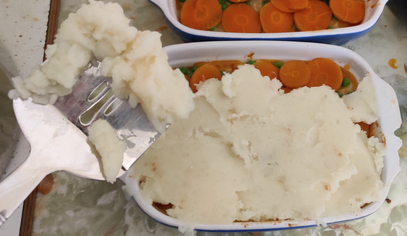
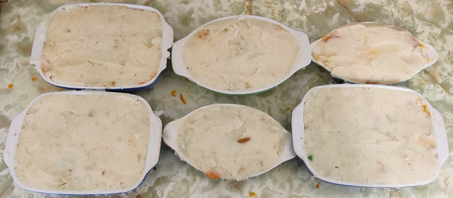
Freezer bags were labelled:
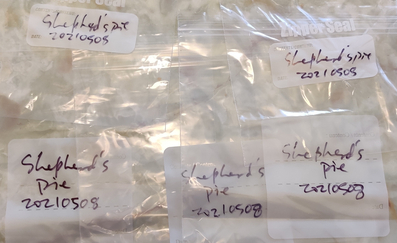
The shepherd’s pies were placed in the freezer bags, save one (top row, centre), which was covered in wax paper so that I could put it in the fridge for supper later in the day:
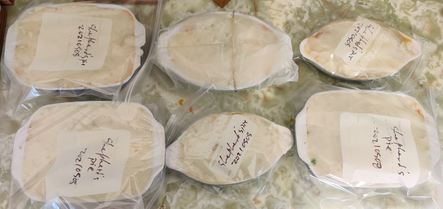
The shepherd’s pies destined for the freezer were placed in a freezer:
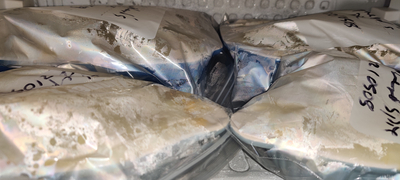
Later on, when it was time to make supper, my countertop convection oven was set to 350F:
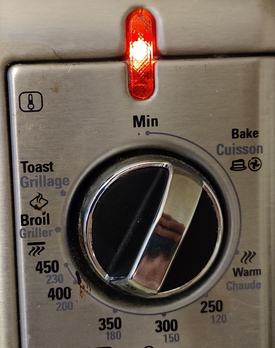
The shepherd’s pie which was put aside earlier was placed in the countertop convection oven:
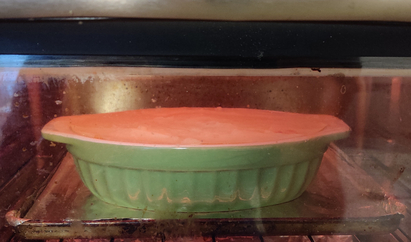
Once the shepherd’s pie was baked and the mashed potato top browned, the shepherd’s pie was taken out of the countertop convection oven:
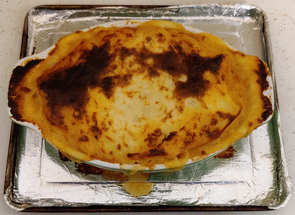
And finally, the yummy shepherd’s pie was served and eaten!
